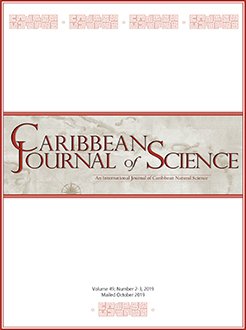The Panamanian White-faced Capuchin (Cebus imitator) is a highly adaptable omnivore, with a diet that includes various plant parts, invertebrates, bee honey, eggs, and occasionally small vertebrates such as amphibians, reptiles, birds, and small mammals. This highly social monkey has been observed caring for its deceased infants. In this report, we document the care exhibited by one Capuchin towards a deceased infant of its own species. However, concurrently, we also report an incident where another adult Capuchin consumed an infant Howler Monkey (Alouatta palliata). These observations took place at Manuel Antonio and Corcovado national parks, located in the central and southern Pacific regions of Costa Rica. In both scenarios, the behavior towards the Howler Monkey suggests it was perceived as prey by the Capuchin, intended for consumption. However, it is possible that the Howler Monkey could have been kidnapped, played with, or nurtured only to die and then be consumed. In contrast, the handling of the deceased infant Capuchin was tender, resembling acts of nurturing such as kissing and what appeared to be a suggestive navel cut. The behavior displayed by the two Capuchins involved in these contrasting cases was entirely divergent, and we present detailed accounts of both events herein.
El mono capuchino o mono cara blanca (Cebus imitator) es un omnívoro altamente adaptable, cuya dieta incluye varias partes de plantas, invertebrados, miel de abeja, huevos, y ocasionalmente pequeños vertebrados como anfibios, reptiles, aves y mamíferos pequeños. Este mono altamente social ha sido observado cuidando a sus crías fallecidas. En este informe, documentamos el cuidado exhibido por un capuchino hacia una cría fallecida de su propia especie. Sin embargo, al mismo tiempo, también informamos de un incidente en el que otro capuchino adulto consumió un mono aullador (Alouatta palliata) bebé. Estas observaciones tuvieron lugar en los parques nacionales Manuel Antonio y Corcovado, ubicados en las regiones central y sur del Pacífico de Costa Rica. En ambos escenarios, el comportamiento hacia el mono aullador sugiere que fue percibido como presa por el capuchino, destinado al consumo. Sin embargo, también es posible que el mono aullador haya sido secuestrado, jugado con él o cuidado solo para luego morir y ser consumido. En contraste, el manejo del capuchino bebé fallecido fue tierno, similar a actos de cuidado como besos y lo que pareció ser un corte del ombligo. El comportamiento mostrado por los dos capuchinos involucrados en estos casos contrastantes fue totalmente divergente y aquí ofrecemos relatos detallados de ambos eventos.






